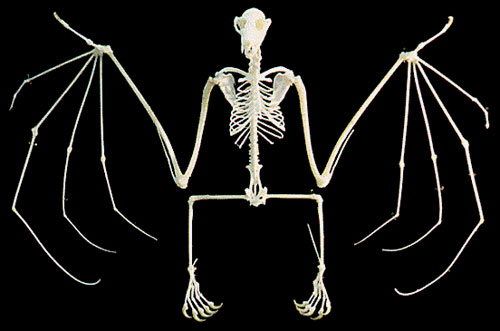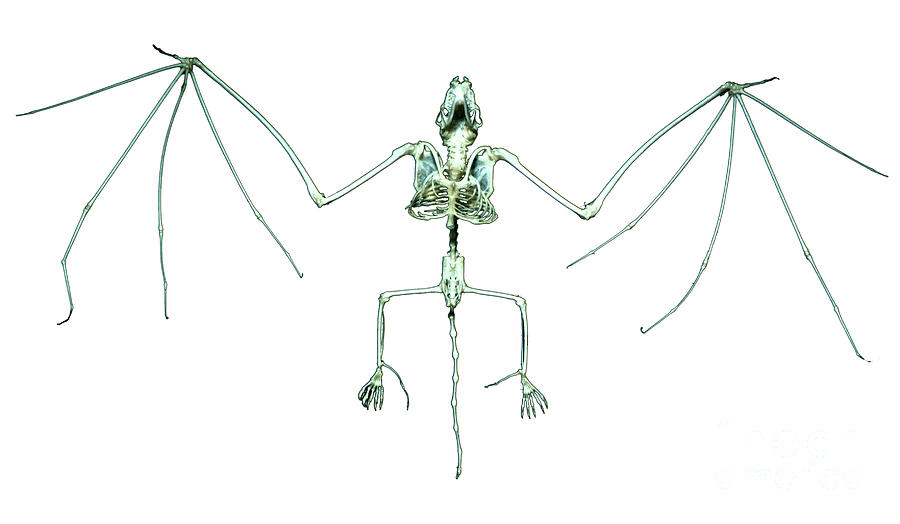The leg bones of a bat are so thin that only two species of bats can walk

The Leg Bones of a Bat: A Unique Adaptation

Bats, known for their exceptional flying abilities and nocturnal lifestyle, possess a fascinating anatomical feature that sets them apart from most other mammals. The leg bones of bats are incredibly thin, and this distinct adaptation restricts their ability to walk on land. In fact, only two species of bats have evolved to walk effectively on the ground, showcasing the remarkable diversity within the bat family.
Bat legs, particularly their leg bones, have undergone significant modifications to support an aerial lifestyle. Unlike terrestrial animals, such as dogs or cats, bats have evolved elongated and slender limbs to optimize their flight capabilities. These elongated limbs enable bats to have greater control over their intricate wing movements, allowing them to maneuver through the densest of forests and narrow crevices with ease.

Unfortunately, most bats’ hind legs are too weak and underdeveloped to support walking. The thin leg bones of bats lack the strength and structure necessary for terrestrial locomotion. As a result, the majority of bat species are incapable of walking or supporting their body weight on land. Instead, they rely primarily on flight for mobility and transportation.
However, amidst the vast array of bat species, there are two exceptional examples that have adapted to walk. The common vampire bat (Desmodus rotundus) and the New Zealand lesser short-tailed bat (Mystacina tuberculata) have managed to develop the ability to walk proficiently. These unique species possess stronger and sturdier hind legs compared to their airborne counterparts.
The leg bones of these two walking bat species are more robust and exhibit distinct traits tailored for terrestrial mobility. They are capable of supporting their weight, allowing them to crawl, hop, or even run on the ground when needed. This adaptation has given them a competitive advantage in their respective environments, enabling them to exploit resources that might not be easily accessible to other bats.
In conclusion, while the thin leg bones of bats generally hinder their capacity to walk on land, nature always finds a way to surprise us. By showcasing exceptional adaptability, the common vampire bat and the New Zealand lesser short-tailed bat have overcome this limitation. Through the development of stronger hind limbs, these two species have become proficient walkers, expanding their ecological niches and thriving in diverse habitats.
Sources:
Related Posts
Quick Links
Legal Stuff

